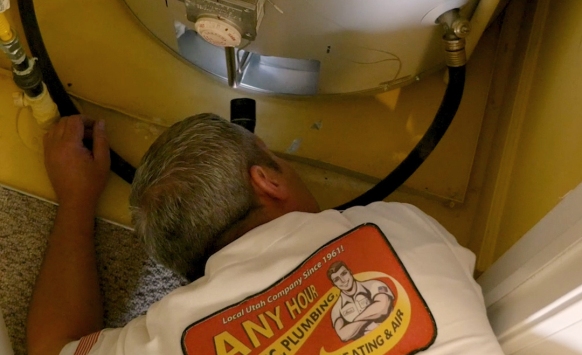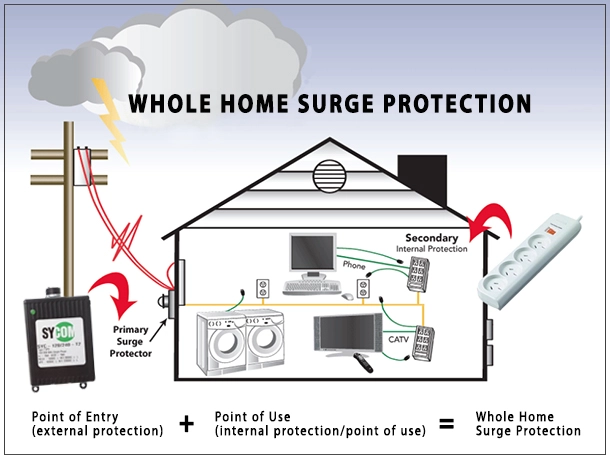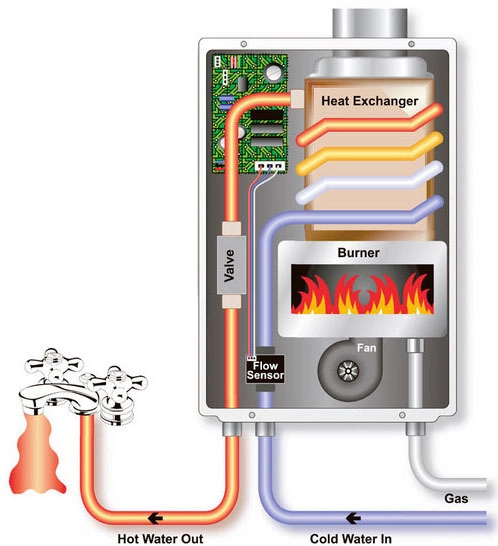Water heaters are hard-working members of your home's plumbing system that you probably never think about - until it fails and either there's no hot water or you have a flood on your hands. Because a properly-functioning water heater is so important, it's time you spent some time getting to know it better! This post includes basic information about how a water heater works as well as info about the different types of water heaters. As always, we want to provide homeowners with the best information we can, but if you ever have additional questions, ask a licensed plumber.
Your water heater is comprised of many parts that work together to make sure you have consistent hot water in your house, throughout every season. For this post, we'll primarily be discussing tank water heaters, as opposed to tankless, and those that are gas-powered, rather than electric ones. But here's a brief rundown of all the various types.
Tank Water Heaters
A tank water heater is the one that most commonly comes to mind when people picture a water heater. It is tall and has a large insulated storage tank for holding heated water. It has a cold water inlet pipe that comes down through the top and a hot water outlet pipe that also comes out through the top and distributes hot water to faucets throughout the home. A tank water heater also has spigot at the bottom, a spigot used for draining the water heater. Additionally, there is a temperature and pressure (T&P) valve, designed to protect the water heater by releasing water if the pressure in the tank exceeds 150 psig or 210°. The tanks also include an anode rod inside that helps protect the inside of the tank from corrosion.


